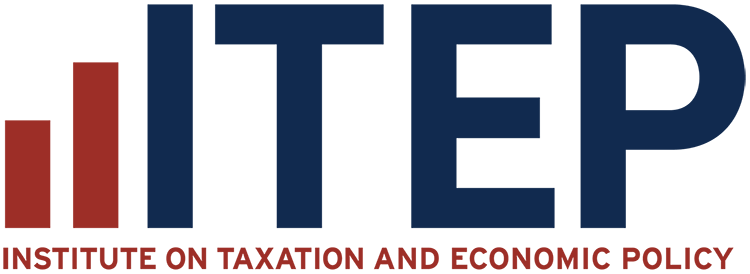
ITEP Work in Action
Public News Service: Could Fast-Moving Tax-Cut Proposal Blow WV Budget?
February 27, 2019
House Bill 3137 would create a fund where new money, including out-of-state online sales taxes, would go. Then, each time that fund reached a certain level, it would trigger compounding cuts in state income taxes. Ted Boettner, executive director of the West Virginia Center on Budget and Policy, said some lawmakers may not realize they […]
Chicago Resilient Families Task Force: Big Shoulders, Bold Solutions: Economic Security for Chicagoans
February 25, 2019
People with low and middle-incomes are financially savvy in ways that are often underestimated, but despite this are on thin ice financially. Despite doing all the right things, they are caught in a trap that is very hard to escape. Wages are falling behind and jobs are increasingly structured in ways that foster precariousness instead […]
West Virginia Center on Budget & Policy: House Income Tax Cut Plan Mostly Benefits Wealthy and Puts Large Holes in the State Budget (HB 3137)
February 25, 2019
According to the Institute on Taxation and Economic Policy, a one-percentage reduction in each personal income tax rate would give a West Virginian with an income between $36,000 and $56,000 an average tax cut of $231 compared to $6,044 for someone in the top 1 percent with an income of above $451,000. This means someone […]
Truck-Only State Tolls Roil Industry That Favors Fuel-Tax Hike
February 20, 2019
Two dozen states have raised fuel taxes since 2013, according to the Institute on Taxation and Economic Policy, which encourages states to take the lead in fixing their roads. All but 11 have raised fuel taxes since the last increase in the federal fuel tax in 1993, according to the American Transportation Research Institute, the ATA’s research […]
Hawai’i Public Radio: Corporate Tax Loophole Costs Hawaii $38 Million Annually
February 20, 2019
Hawaii lawmakers are missing out on millions in potential tax revenue. That is the conclusion of a report from the Institute on Taxation and Economic Policy. The ITEP found that a loophole in Hawaii’s tax code allows multinational corporations to avoid paying state corporate income taxes, resulting in a loss of $38 million in revenue annually. Read […]
Urban Milwaukee: Republicans Discover the Middle Class
February 14, 2019
An analysis of all the tax breaks in Wisconsin from 2011 through 2016 by the Institute on Taxation and Economic Policy found the average tax reduction was $10,015 for the top 1 percent of taxpayers, and $1,806 for the next 4 percent of taxpayers versus $379 for the middle 20 percent of taxpayers and just $175 for the bottom 20 percent of taxpayers.
Maine Free Press: Mills Budget Provides More School Funding, Fails to Fully Fund Revenue Sharing & Keeps LePage’s Tax Cuts
February 14, 2019
The liberal-leaning Maine Center for Economic Policy (MECEP) praised Mills for her support for Medicaid expansion, but criticized the proposal for failing to reverse LePage’s income tax cuts for the wealthy. Last year, MECEP and the Institute on Taxation and Economic Policy (ITEP) released a report that found that tax cuts passed during the LePage administration will cost the state $864 million in revenue this biennium. About half of the tax breaks went to the top 20 percent of earners while the bottom 20 percent received less than 5 percent of the benefit, the analysis found.
MassBudget: Why Highest Incomes in Massachusetts Receive Most Tax Benefits from Charitable Deduction
February 11, 2019
Our Commonwealth does best when all people experience rising prosperity. But for several decades, the wealth and income of the top 1 percent of households has grown briskly while others have been left behind. While there are many reasons for this trend, one contributing factor is the way the federal tax deduction for charitable giving […]
Maine Center for Economic Policy: To Fund Shared Prosperity, We Must End LePage-Era Tax Cuts for the Wealthiest
February 6, 2019
For years under Gov. Paul LePage, budget-busting tax cuts robbed our state of the revenue we need to build a stronger, fairer economy. Tax cuts delivered windfalls to the wealthiest households in our state, making it harder for our schools and communities to make ends meet. Read more
Wrong Priorities: It Doesn’t Make Sense to Give a Tax Cut to the Rich While Arizona Asks Children in Public Schools to Wait
February 5, 2019
Arizona stands to gain $130 million to $230 million in General Fund revenues if it conforms the Arizona tax code to the federal tax changes enacted in 2017. Rather than directing those additional revenues to better prepare for the next economic downturn or toward increased investments in our public schools, SB1143 and HB2522 will direct the additional revenues toward a tax cut that will benefit the wealthiest Arizonans.
Montana Budget & Policy Center: House Bill 300: Sales Tax Proposal Makes Montana’s Taxes More Regressive and Reduces State Revenue
February 5, 2019
Replacing property taxes with a sales tax is both impractical and unfair for Montana families. HB 300 would make Montana’s tax system more regressive, increasing the taxes paid by families living on lower- and middle-incomes in the state while decreasing the taxes paid by the wealthy. Read more here
Arkansas Advocates for Children and Families: Tax Cut Bill Filed: Plan Revised But Not Fixed
January 31, 2019
An analysis by the Institute on Taxation and Economic Policy (ITEP) shows that the benefits of this proposal are even more heavily skewed towards the richest taxpayers than the previous version. That’s because there are no changes to the standard deduction, and all the significant changes in marginal tax rates only affect taxpayers with more […]
West Virginia Center on Budget & Policy: Fixing the Social Security Tax Bill with a Bottom-Up Tax Cut for Working Families
January 24, 2019
The fact that so few West Virginians pay income tax on their Social Security benefits should tell us that this is not a middle-class tax cut. As the graph and analysis by the Institute on Taxation and Economic Policy (ITEP) below shows, the average tax change from eliminating the state income tax on Social Security […]
Law360: Montana Mulls Statewide Sales Tax To Replace Property Taxes
January 24, 2019
Montana could become the first state in the nation to eliminate residential and commercial property taxes in exchange for creating a new 2.5 percent statewide sales tax...
NC Policy Watch: Report: Corporations Are Stiffing North Carolina on $373 Million in State Taxes
January 23, 2019
It turns out that state leaders can ensure that companies pay the proper amount of taxes on income generated from business conducted in their jurisdictions, but existing tax codes at the state level often allow loopholes for smart corporate tax lawyers to exploit. Corporations often use accounting sleights of hand to move income around within […]
Time to restore fairness to the personal income tax and break the boom-or-bust cycle
January 22, 2019
Our citizen legislators have lots of choices to make when they meet for the annual legislative session every January – how to prioritize spending on public services like education, health care and public safety, which laws to enact, and whether to make changes to our state’s tax code.
Beacon Journal/Ohio.com Editorial Board: How Ohio’s Tax System Puts a Heavier Burden on the Poor
January 17, 2019
The Institute for Taxation & Economic Policy performed the analysis for Policy Matters. Consider that those Ohio families with annual incomes below $19,000 paid an average 12.3 percent of their income in state and local taxes. For those in the middle three quintiles, with incomes from $19,000 to $91,800 a year, the burden holds steady, […]
Missouri Budget Project: Senate Tax Bills Provide Unfair Giveaways, Leave Communities Reeling
January 16, 2019
An analysis by the Institute on Taxation & Economic Policy found that 91% of the tax cut would flow to the wealthiest 20% of Missourians.
Maine Center for Economic Policy: The Prosperity Budget
January 15, 2019
Where State of Working Maine 2018 investigated the nature of work in the modern economy and made recommendations to reaffirm our values of fairness and respect in the workplace, the Prosperity Budget examines the opportunity to leverage state budget and tax policy to build a stronger economy where every Mainer has an equal opportunity to […]
MassBudget: 14 Options for Raising Progressive Revenue
January 14, 2019
People in Massachusetts seek to live in communities that provide a high quality of life for their family and neighbors. We value good schools, police and fire protection, libraries and parks, smooth roads and reliable transit, and supports to help families struggling through tough times. A community’s day-to-day well-being and its long-term prosperity are built […]
Policy Matters Ohio: New Research Underlines Need to Overhaul State Tax Code
January 11, 2019
Ohio’s upside-down tax system takes an especially heavy toll on black and Latino residents. That’s the finding of new research from the Institute on Taxation & Economic Policy (ITEP), a national nonprofit research group with a sophisticated model of the tax system, that was released today by Policy Matters Ohio. Read more
Arizona Center for Economic Progress: Wrong Priorities: It Doesn’t Make Sense to Give a Tax Cut to the Rich While Arizona Asks Children in Public Schools to Wait
January 2, 2019
Arizona stands to gain $130 million to $230 million in General Fund revenues if it conforms the Arizona tax code to the federal tax changes enacted in 2017. Rather than directing those additional revenues to better prepare for the next economic downturn or toward increased investments in our public schools, SB1143 and HB2522 will direct […]
Economic Progress Institute: Rhode Island Standard of Need
December 20, 2018
The RISN calculates a household budget for families with two young children, and for single adults. The no-frills budget includes the costs of housing, food, transportation, health care, child care and other necessities including clothing, toiletries and telephone service. The RISN also demonstrates how work supports like food assistance, tax credits, and child care and health care subsidies help close the gap between income and basic need expenses. By taking all of these factors into account, the RISN provides a more realistic measure of the economic security of Rhode Islanders than the federal poverty level.
Voices for Utah Children: Response to Govenor’s Budget Recommendations FY2020
December 17, 2018
As a percent of income, 95% of Utah’s families pay more in sales and other local taxes than the top 5% of higher income families.
Georgia Budget & Policy Institute: Increase the State Tobacco Tax for Healthier Georgia
December 15, 2018
Georgia could raise more than $400 million a year to make critical investments for the health and well-being of Georgia residents by raising the cigarette tax by at least $1 per pack. Georgia has the third-lowest state cigarette tax rate out of the 50 states and the District of Columbia. At 37 cents per pack, it falls far below the national average of $1.72. Over the past decade, many states have increased tobacco tax rates as a way to raise new revenue while reducing smoking rates and the health care costs associated with smoking. Georgia has not increased its cigarette…
Advocates and policymakers at the state and federal levels rely on ITEP’s analytic capabilities to inform their debates on proposed tax policy changes. In any given year, ITEP fields requests for analyses of policies in 25 or more states. ITEP also works with national partners to provide analyses of federal tax policy proposals. This section highlights reports that use ITEP analyses to make a compelling case for progressive tax reforms.
